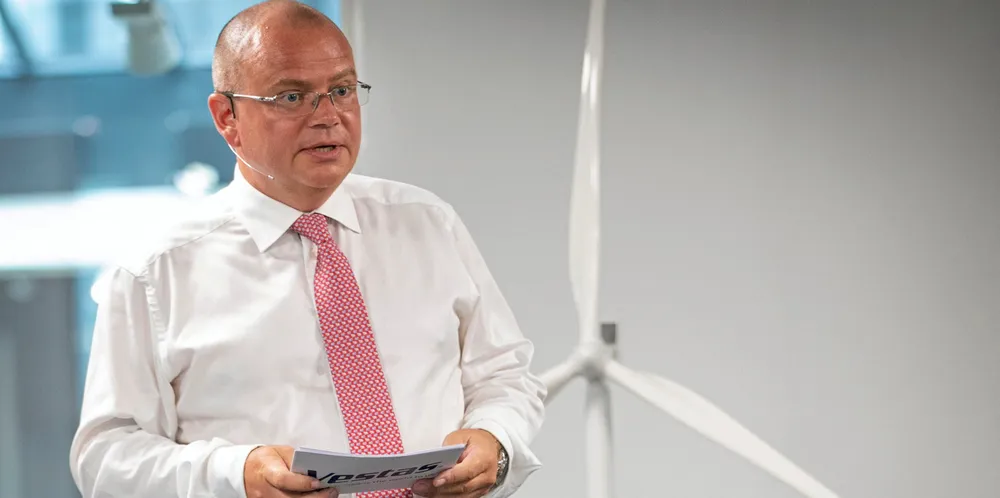Vestas CEO: 'Building renewable energy capacity must be a first step in service of a broader vision'
Whatever else the Texas grid collapse teaches us, it made plain that the era of extreme weather has begun. To prevent the worst impacts on our society, reaching net-zero will call for a drastic rethink of the logic of our energy systems, writes Henrik Andersen
